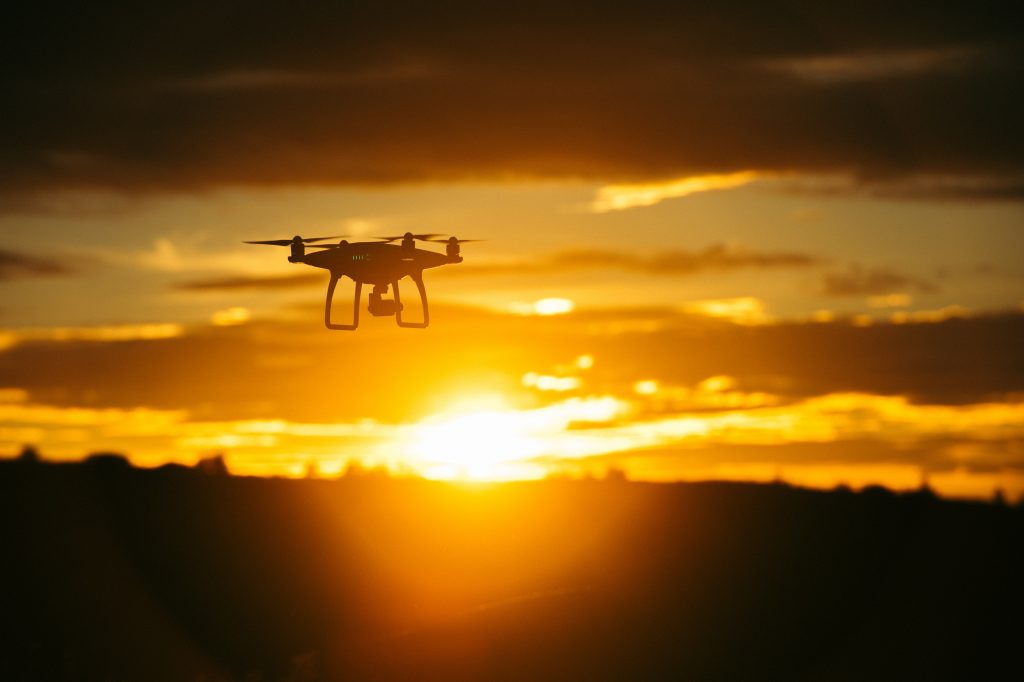By Ashley Robinson
The use of drones in production agriculture has become more prevalent in recent years as larger commercial models have become accessible. As these products become more popular, it’s important to remember that using an unmanned aircraft system (UAS), or drone, comes with a strict set of rules and regulations created and governed by the Federal Aviation Administration (FAA).

Drones were a hot topic at this year’s Southeast Regional Fruit and Vegetable Conference. Simerjeet Virk, University of Georgia research engineer, advised growers to make sure they were complying with FAA rules when operating their drones.
First, growers should determine which type of drone user they are in order to find out which rules and regulations apply to their specific situation. To determine what type of drone user you are, see the user identification tool on the FAA website.
Currently there are provisions for flying a UAS for recreation, which is applicable if the UAS is personally owned, being flown for entertainment purposes only, and no financial benefit is received from the flight. On the other hand, commercial flights are conducted for business purposes and fall under different provisions. The FAA considers any flight that involves a farm or crop to be a commercial flight, meaning growers need to abide by the Part 107 guidelines.
PART 107 PROVISIONS
Part 107 governs commercial UAS flights and applies to any UAS that is between 0.55 and 55 pounds.
“Drones should be operated in the daytime hours only,” says Virk. “Flights are considered legal 30 minutes before sunrise until 30 minutes after sunset.” In addition, the drone pilot must always maintain sight of the UAS without visual aid from tools such as binoculars, while flying at a maximum altitude of 400 feet.
Other highlights of Part 107 include:
- Drones must be operated at a maximum speed of 100 miles per hour.
- The pilot must be able to see and avoid manned aircraft. Manned aircraft have the right-of-way, and UASs must yield in all cases.
- There should be no UAS operation over people who are not directly involved with operating the flight, unless those people are under a covered structure.
- Automated flights are permitted, as long as the pilot is nearby and able to take control immediately in case of emergency.
CERTIFICATION AND REGISTRATION
To commercially operate a UAS, the operator is required to become an FAA certified drone pilot by passing a knowledge exam. To be eligible to obtain a Remote Pilot Certificate, you must be at least 16 years of age, able to read, write, speak and understand English, as well as be considered physically and mentally able to safely fly a UAS.
“The certification is valid for two years, and in order to renew their license, certificate holders will have to pass a recurrent knowledge exam,” Virk says.
In addition, all drones must be registered with the FAA. Visit dronezone.faa.gov to create an account and register a drone. After a drone is registered, mark the aircraft with the registration number in case it is ever lost or stolen.
For more information on the requirements for drones in agriculture, visit the FAA website or contact your local FAA district office.









